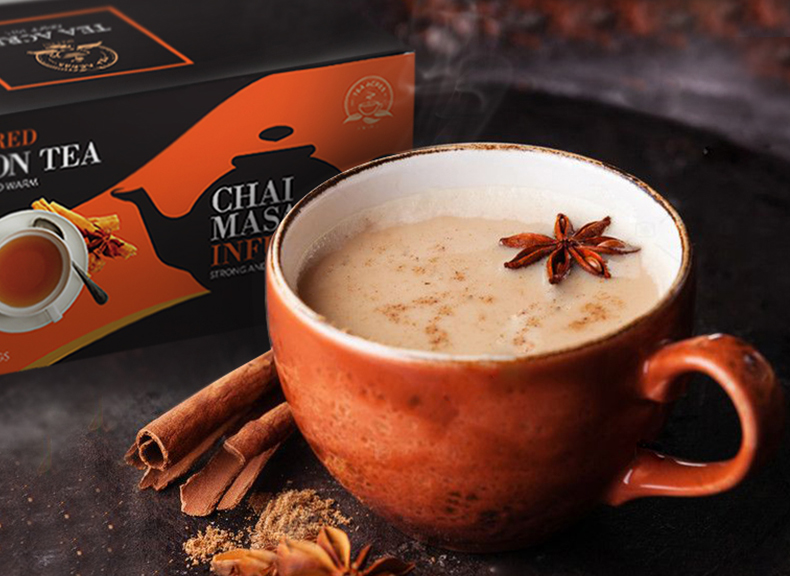First, grade tea!
Your daily cup of tea is so much more than just tea leaves brewed with boiling water. Ever wondered how the tea leaf determines the flavour and quality of your beverage? Let’s have a closer look at the tea leaves.
In the tea industry, tea leaf grading is the process of evaluating harvests based on the quality and condition of the tea leaves themselves. A tea’s grade is determined by many different factors including: the country of origin, the variety of the tea, the garden or estate, the elevation, the particular flush (picking) and the manufacturing after harvesting.
Most black teas are graded and sold according to leaf or particle size, after harvesting and manufacturing of tea, thus the tea grade.
There are four main grades for black tea:
Orange Pekoe (OP)
is a whole leaf tea showing no tip and will not pass through a certain designated sieve mesh size. These leaves are usually of uniform size and rolled lengthways. Tippy Golden Flowery Orange Pekoe (TGFOP) is the top grade.
The top two leaves and bud are plucked by hand during the harvest and the bud is actually the immature leaf tip which is not yet fully opened. When harvested during the slow growth periods these young buds have a golden tip hence the grade ‘Flowery’. When these tips are in abundance the terms ‘Tippy and Golden’ are also attached. Occasionally the number ‘1’ or ‘2’ may be placed at the end of the letters to designate better grades among similar teas. Similarly the letter ‘F’ may appear before the TGFOP to designate a ‘finer’ grade and the letters ‘SF’ designates a grade of ‘super fine.’ Thus a tea graded as ‘SFTGFOP1’ is a Super Fine Tippy Golden Flowery Orange Pekoe – grade 1.
Broken Orange Pekoe (BOP)
is the next grade below Orange Pekoe which designates a broken leaf. Tippy, golden and flowery or a combination of these terms may also be applied to this size of leaf. Thus a grade of ‘TGBOP’ is a Tippy Golden Broken Orange Pekoe tea.
Fanning (F)
is smaller than BOP. This is a broken leaf about the size of a pin head.
Dust (D)
is the lowest grade of tea available if produced by CTC (crush, tear, curl) method of manufacturing and Dust if produced by the Orthodox Method. This size is literally the smallest broken pieces left after siftings, sometimes called the ‘sweepings’ and only used for tea bags.


